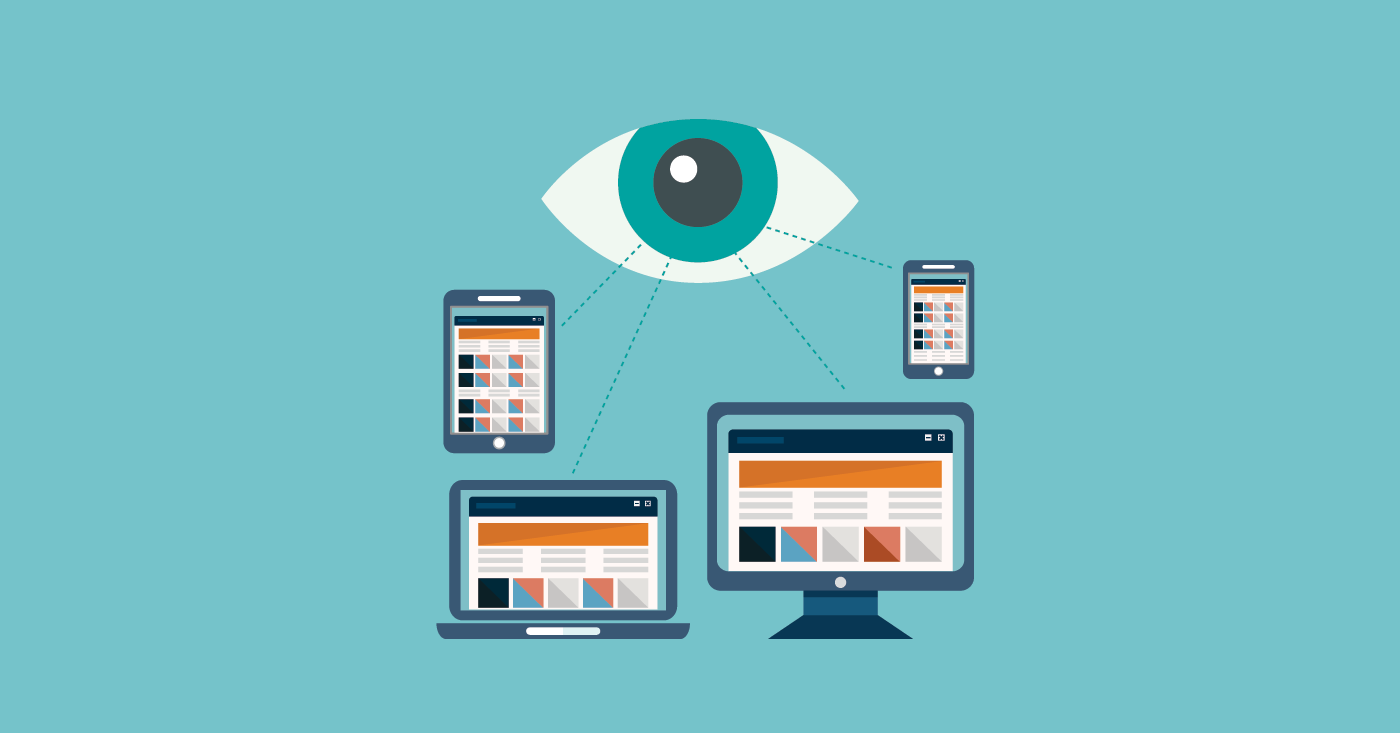
A smartphone, a type of cell phone with more advanced features than a conventional telephone, connects to an Internet network over wireless (rather than a cellular) network. It can be used to make calls and send text messages, as well as access the Web and run programs.
The capabilities of a smartphone are determined primarily by its mobile OS and the apps that can be installed to improve its functionality. These could include apps for business, games, reading and organizing tools, as well as calendars and organizers.
Smartphones that are fast, have good cameras and display quality, and last a long time will be the best. This is what our smartphone ratings are based on. We have tested dozens upon dozens of models every year from the best vendors.
Smartphones are an essential part of most people's lives. They enable you to connect with loved ones, save memories, view TV and movies, play games, and read ebooks.

The cost of buying a new smartphone is often high. Many consumers choose to pay a monthly contract plan in order to cover the cost of the latest smartphones. This usually runs over an 18- to 24-month period and can be a great way to save money on a new device.
How to pick the right smartphone
It is a difficult decision to make and it takes a lot of research. It is also important to determine which features are most important for you. What features are most important to you? Do you need high-resolution lenses for your camera, or a larger screen to display photos and videos on it?
It is also important to determine how much storage space your files and apps require. You can get most phones with 128GB of storage, but if your plan is to download many files, you might want more.
Most smartphones are touchscreen devices, which makes them easy to use. You can manipulate them with just a swipe or tap on the screen. This allows you to use them for email, music, and video.
The next big thing in smartphones could be pressure-sensitive touchscreens. Samsung and Apple are investing heavily into photonic crystal displays that sense when a user presses down. This technology will allow for a more natural user experience, particularly in gaming.

The photonic-clear display will need to come from an external light source. However, it is expected that it will be less costly than current OLED or LCD displays and more easily integrated into the smartphone's body.
Smartphones with a photonic-clear display will require a different form than current LCD and OLED screens. Therefore, it is unlikely that we will see them in smartphones until 2021. If these screens become more common, they may be available within the next few years.
Smartphones can be used to make medical breakthroughs
Smartphones hold the potential to revolutionize medicine. They can be used to track cancer cells and malaria. However, they can also be used in the detection of diseases and outbreaks within hours or minutes.